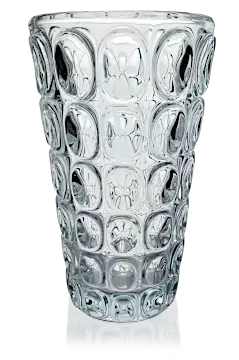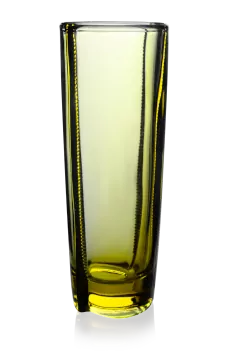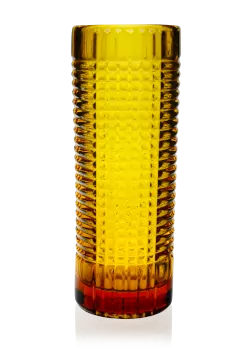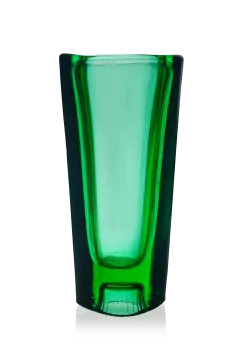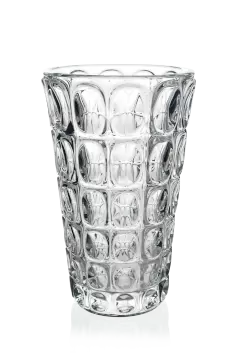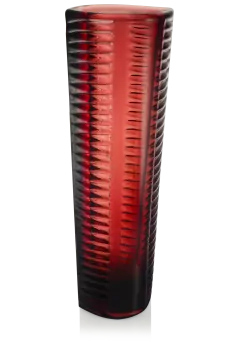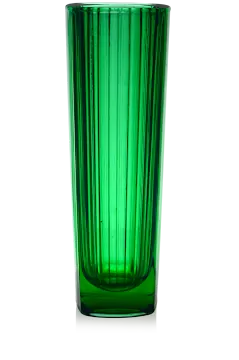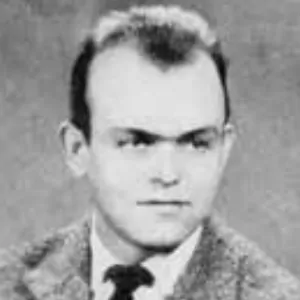
Miloš FILIP
(1926–1966)

Miloš Filip belonged to the first post-war generation of designers who promoted a new approach to pressed glass. He was aware of its potential and the nature of mass production.
From 1947 to 1950, he studied at the Secondary School of Glassmaking in Kamenický Šenov, and from 1950 to 1955, he continued at the Academy of Arts, Architecture and Design in Prague in the studio of Professor Karel Štipl.
In 1955, he became a designer at the Institute for Housing and Clothing Culture (ÚBOK) in Prague. His first designs were realized by the Inwald company, with which he closely collaborated. From 1959, he worked as a glass designer directly at ÚBOK, and in 1962, he was appointed chairman of the Art Council for Packaging and Pressed Glass.
His work focused on pressed, cut, and hot-shaped glass. In the late 1950s, he collaborated with several prominent glassworks – Karlovarské sklo-Moser, Mstišov, and the glassworks in Heřmanova Huť, where several of his designs were realized between 1959 and 1962. Later, his pressed glass designs were primarily produced by the Rosice glassworks.
Miloš Filip’s glass is characterized by geometric simplicity and a refined artistic expression. In his designs, he applied clean lines without decoration or prominent surface treatment. In 1962, Filip used an inverse approach in designing a vase – at the time, this was an exceptionally inventive concept. The outer walls of the vase remain smooth, while the interior is accentuated by vertical ribbing.
He died tragically at the age of forty. Throughout his creative career, he advocated for the enhancement of the artistic and aesthetic quality of contemporary glass design.

